We all love the great outdoors, but sometimes actually getting out there can be difficult. Perhaps you have limited mobility and find the logistics of experiencing the wider landscape challenging, or maybe the Coronavirus crisis means you don’t feel comfortable travelling. Perhaps you don’t deal well with the cold, or maybe that dream location – and the time and money it takes to get there – feels just out of reach.
We at BBC Countryfile Magazine have always shared wonderful wildlife stories and beautiful landscapes, not only to inspire future trips but also as a means for vicarious adventure.
Our virtual escapes series brings together some of the most awe-inspiring nature and landscape videos from across the UK, meaning you can sit back and relax from the comfort of your home and get your fix of the great outdoors even if you can’t physically be there.
Experience hills in all their glory with our virtual guide to some of Britain's most magical ridges, mounts and hillocks.
Discover more virtual escapes
Our virtual escapes series brings together a collection of spectacular films, taking you on a visual journey through the British landscape. Discover majestic mountains, shimmering shores and peaceful rivers with our virtual escapes.
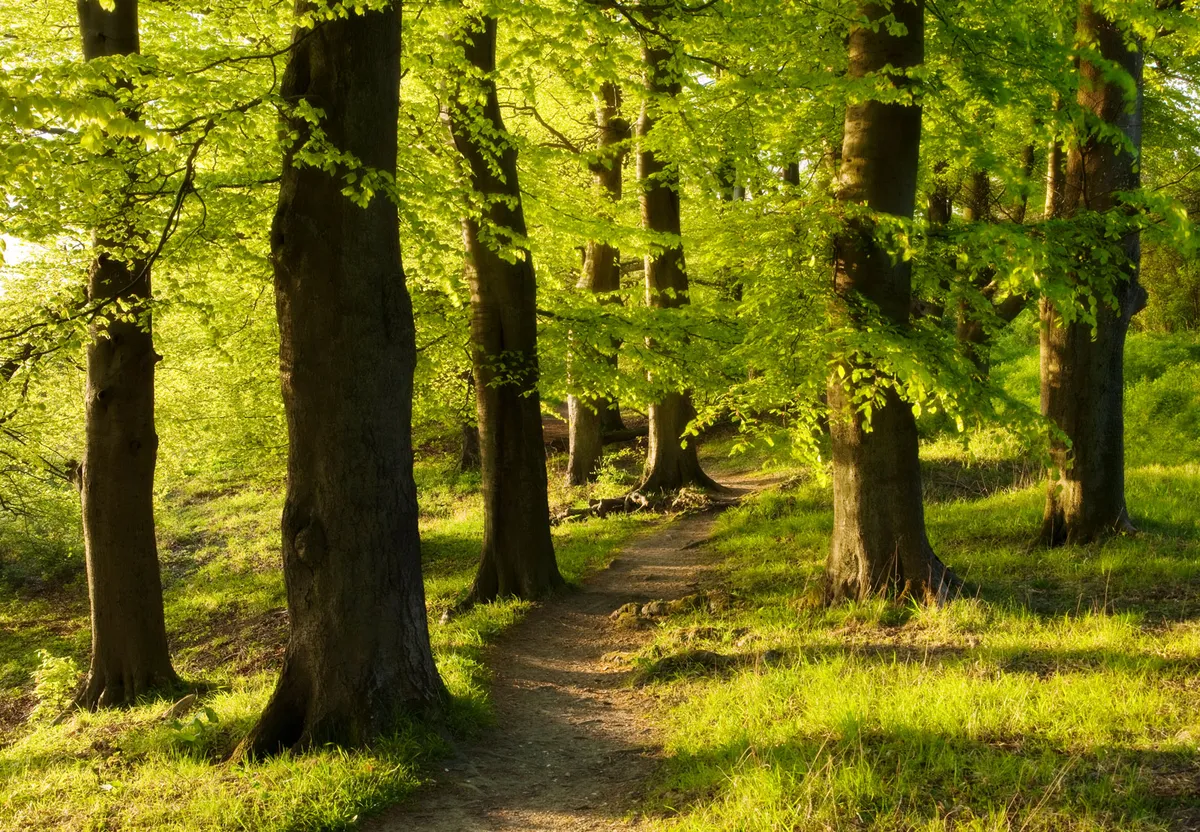
Chrome Hill, Derbyshire

A quirk of geology has produced a strand of sharp limestone hills that erupt like a string of vertiginous miniature mountains from the hay meadows and soft pastures of the higher Dove Valley, near Buxton.
The Dragon’s Back range are often cited as the only true peaks in the Peak District; a line of pinnacles said to resemble the ‘plates’ along the spine of a stegosaurus dinosaur.
Discover the Peak District through the seasons, starting with spring, with this spectacular drone film by NazEffect:
Malvern Hills, Shropshire
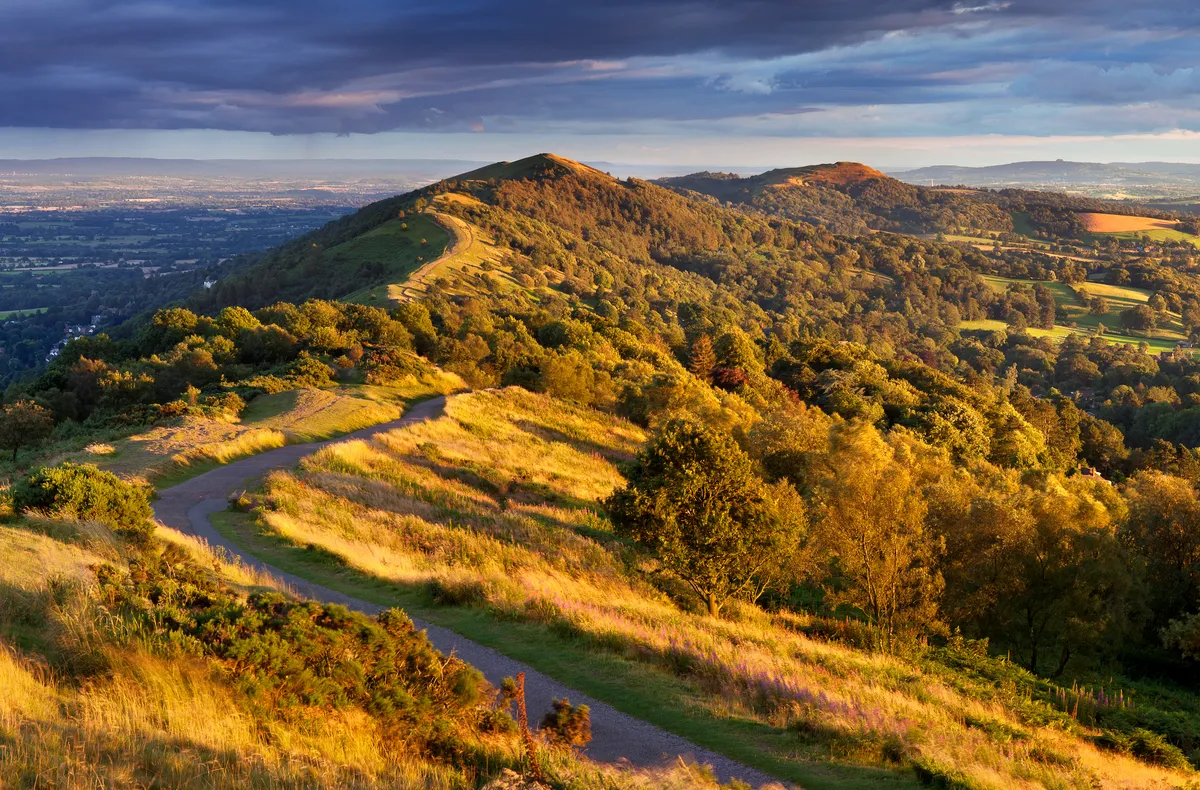
The glorious Malvern Hills rise up from the flatlands, offering magnificent walking terrain and panoramic views across the Severn Valley into 12 English and Welsh counties. The hills form a natural, eight-mile boundary between Worcestershire, Herefordshire and a small part of northern Gloucestershire. For walkers, Malvern offers both quiet ambles along low wooded slopes and strenuous ‘end to end’ hill walking along the entire ridge, which makes them suitable for all abilities.
Join Grace (of Grace's Adventures) as she journeys from one end of the Malvern Hills to the other:
Eildon Hills, Scottish Borders
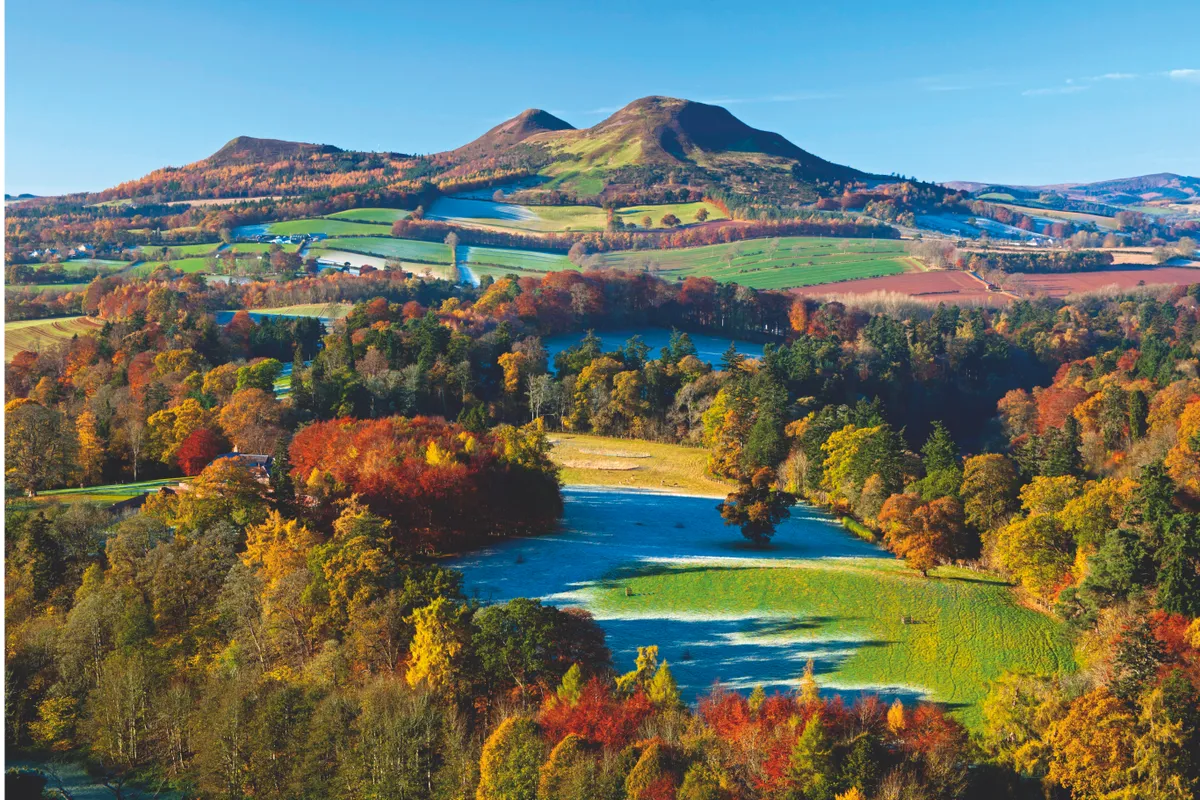
Whether it’s the dramatic form of the three conical peaks, or something more intangible, for centuries the Eildon Hills have been central to local folklore.
Rising 422m above the Tweed Valley, these were Sir Walter Scott’s “delectable mountains”, visible from his nearby Abbotsford House. The heather-clad tops featured in his poem The Lay of the Last Minstrel, where the wizard Michael Scott splits the Eildon Hills into three peaks with a malign spirit.
Discover the Eildon Hills from the air with this atmospheric film from Brockford Fox:
St Catherines Hill, Hampshire

It is the thin, nutrient-poor soil of St Catherine’s Hill – a 58-hectare chalk grassland site – that allows spring flowers to thrive. Come April, the western boundary of the reserve transforms into a carpet of yellow cowslips.
Later in the season, fragrant, pyramidal and bee orchids emerge – species that, along with rock rose, horseshoe vetch and salad burnet, enjoy the lack of competition from more vigorous plants. Shetland sheep roam the hill, keeping down taller, shade-casting grasses. Hardly surprising that St Caths is also a haven for butterflies: the Adonis and small blues and the brown argus are the spring-emerging species to spot.
Birdlife is abundant on the hill – listen out for yellowhammers, blackcaps, green woodpeckers and the whitethroats. Sit back and enjoy the song of the common whitethroat with this video from ESL and Popular Culture:
Swaledale, Yorkshire
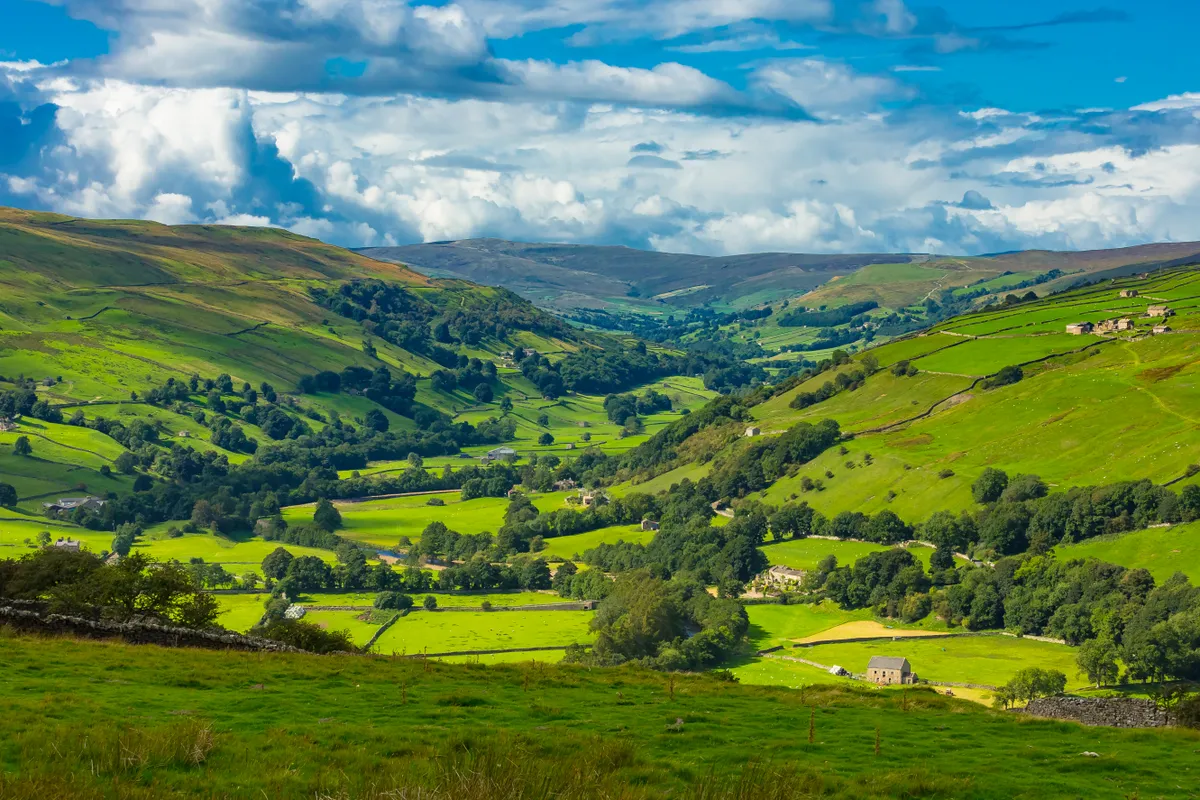
In late spring, Swaledale’s hay meadows burst into life – a colour bonanza best absorbed after a cup of Yorkshire tea and a slice of cake.
Like so much in Swaledale, the name Muker is of Norse origin. The village sits on the banks of the River Swale as it emerges from the deep valley between Kisdon Hill and Black Hill, swinging east on its journey to the North Sea. Solid, stone lead-miners’ cottages gather protectively around the tea shop, the Farmers’ Arms, the Victorian Literary Institute and St Mary’s Church.
The landscape today is largely unchanged from the late-18th and early 19th century, and those iconic features of the Dales landscape – the field barns and the drystone walls – radiate from the village. Muker is also famous for its species-rich hay meadows.
Join Keith Datchler as he talks of his love for Britain's wildflower meadows:
Cave Hill, Belfast

Cape Town has Table Mountain, Edinburgh has Arthur’s Seat, and Belfast has Cave Hill. Rising to 368m, the eastern slopes of Cave Hill are cut into a series of plunging cliffs. Some 3,000 years ago, the loftiest promontory was home to McArt’s Fort, a prehistoric ceremonial ring fort. Today it’s popularly known as Nelson’s Nose, a reference to its distinctive, face-like profile when viewed from the south.
The hill is part of Cave Hill Country Park, a 300-hectare site on the north-west edge of the city, which includes Belfast Castle and Belfast Zoo. Bluebells carpet the hillside in spring, with wild orchids blooming later in the summer. The mountainous terrain feels miles from suburbia, until you reach McArt’s Fort and are rewarded with an incredible panorama over the city and coastline. The Antrim Hills and Mourne Mountains are both visible in the distance.
Find out more about bluebells with the Irish Wildlife Trust:
Craig-Cerrig-gleisiad, Powys

This raven-haunted buttress is studded with steep crags that have prevented sheep from grazing rare sub-Alpine plants such as the delightful purple saxifrage. It means that the flora here is richer and more interesting than elsewhere in the national park. And so are the birds.
At the foot of the cliff, bluebells flower among the hawthorn scrub, from where male redstarts sing. Nesting peregrine falcons make use of the reserve, as well as the star of Craig-Cerrig-gleisiad, the ring ouzel.
See Craig-Cerrig-gleisiad from the air with this Natural Resources Wales video:
Deacon Hill, Pegsdon and Barton Hills, Bedfordshire
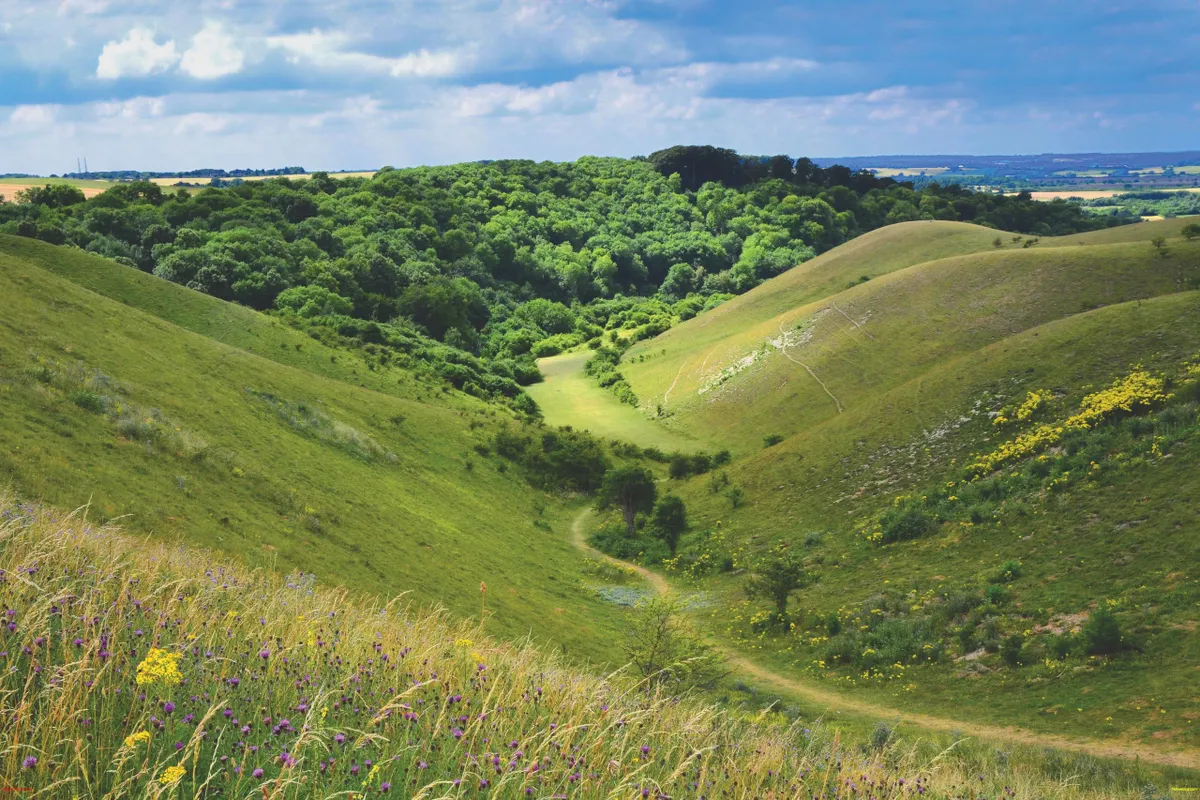
Pegsdon Hills and Hoo Bit Nature Reserve sit above the village of Hexton in the Chiltern Hills AONB. The wildflower meadows that grow on these chalk hillsides are popular with brown argus, green hairstreak, dingy and grizzled butterflies. And after dusk, glow worms appear. To the west are the steep, well-grazed slopes of Barton Hills National Nature Reserve.
In spring and summer, the downland and beech woodland are home to dark green fritillary, marbled white and chalkhill blue butterflies, which dance among grazing Dartmoor ponies. The reserve is also Bedfordshire’s main site for the rare pasqueflower, which blooms between April and early June.
Fred Rumsey, Botanist at the Natural History Museum, tells us more about the spectacular pasqueflower:
Tegg's Nose, Cheshire
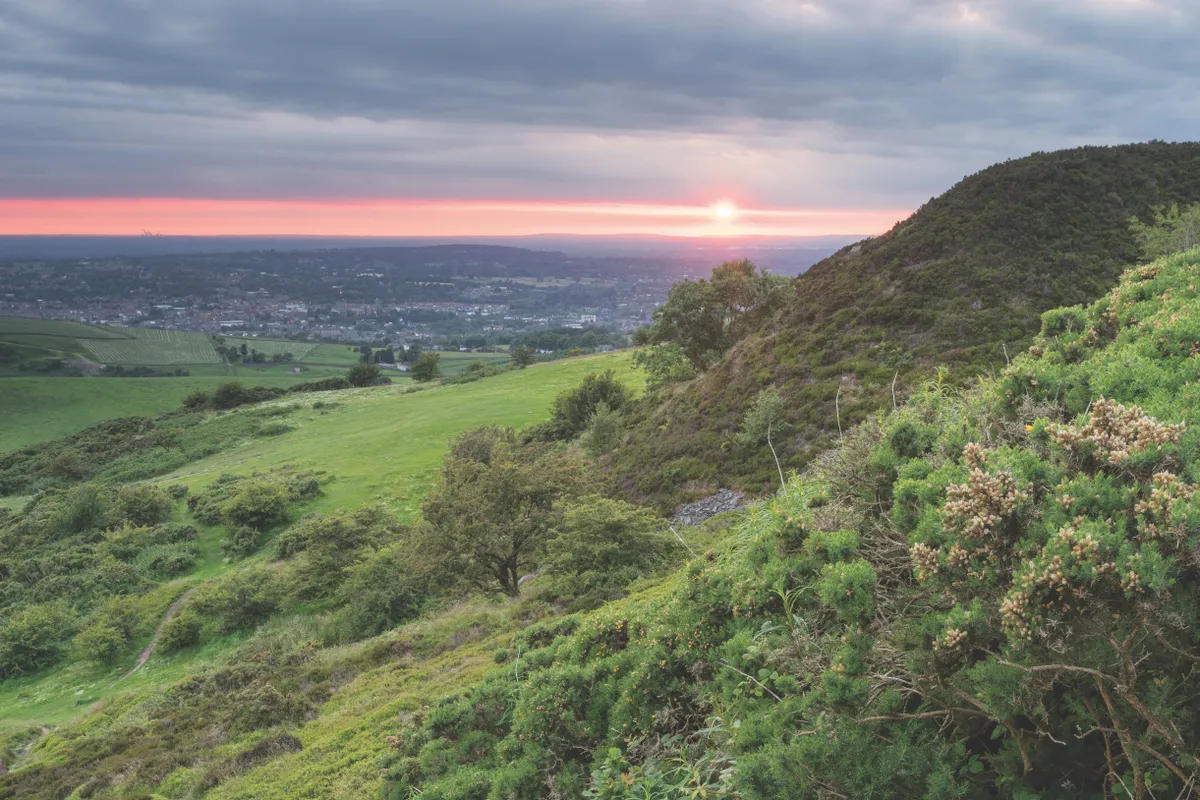
Just 20 miles from Manchester city centre, the precipitous Tegg’s Nose Country Park represents an abrupt end to the Cheshire Plain, with flat fields replaced by a whole new, wild landscape of steep, craggy hills, open moors and dense, impenetrable forest.
It’s here where the imagination can run wild as you trek along the woodland paths, with nearby place names such as Wildboarclough giving a clue to the beasts that once roamed here. Various stories link the name Tegg’s Nose back to early Norse settlers, while others connect it to the word teg, a name for a two-year-old sheep, with the nose moniker easily linked to the promontory at the southern end of the ridge.
Between May and August, the meadows are covered with a carpet of yellow mountain pansies, interspersed with common spotted orchids and yellowy green clusters of flowers atop lady’s mantle.
In the woods, crossbills flit among the pine trees, along with pied flycatchers and redstarts, and small herds of red deer roam among the trees.
Ridgegate is one of a series of reservoirs on the fringes of Macclesfield Forest that attract great crested grebes, cormorants and a host of wildfowl, while common sandpipers enjoy rich pickings along the muddy shoreline.
Watch great crested grebes courting in spring, a video made by My Birding Year:
Polden Hills, Somerset
Between the Mendip and Quantock Hills, the Somerset countryside is famously flat. But, running parallel with these well-walked ranges is a lesser-known ridge quietly crossing the otherwise-level landscape.
The Polden Hills may be more modest in both height and length, but what they lack in size they more than make up for with a richness of natural beauty. The scarped slopes and the ancient woodland are home to a wealth of wildflowers and wildlife, including the beautiful large blue butterfly.
Join National Trust Butterfly Specialist Matthew Oates to find out more about the large blue butterfly:
Orrest head, Cumbria

In 1930, the then 23-year-old Alfred Wainwright stepped off a train at Windermere Station, having travelled from his home town of Blackburn in Lancashire. This was his first visit to the Lake District. Immediately after leaving the station, young Alfred took the rough path that climbed to the nearest high ground north, bagging his first summit, Orrest Head.
He later reflected on that day in his autobiography Ex-Fellwanderer (1987): “Quite suddenly, we emerged from the shadows of the trees and were on a bare headland, and, as though a curtain had dramatically been torn aside, beheld a truly magnificent view.”
That inspirational moment to the crest of Orrest Head cast a spell that would transform Alfred Wainwright’s life and the lives of all who have followed in his bootprints.
Enjoy an early spring walk to Orrest Head from your armchair with walker and film maker Joe Jackson:
